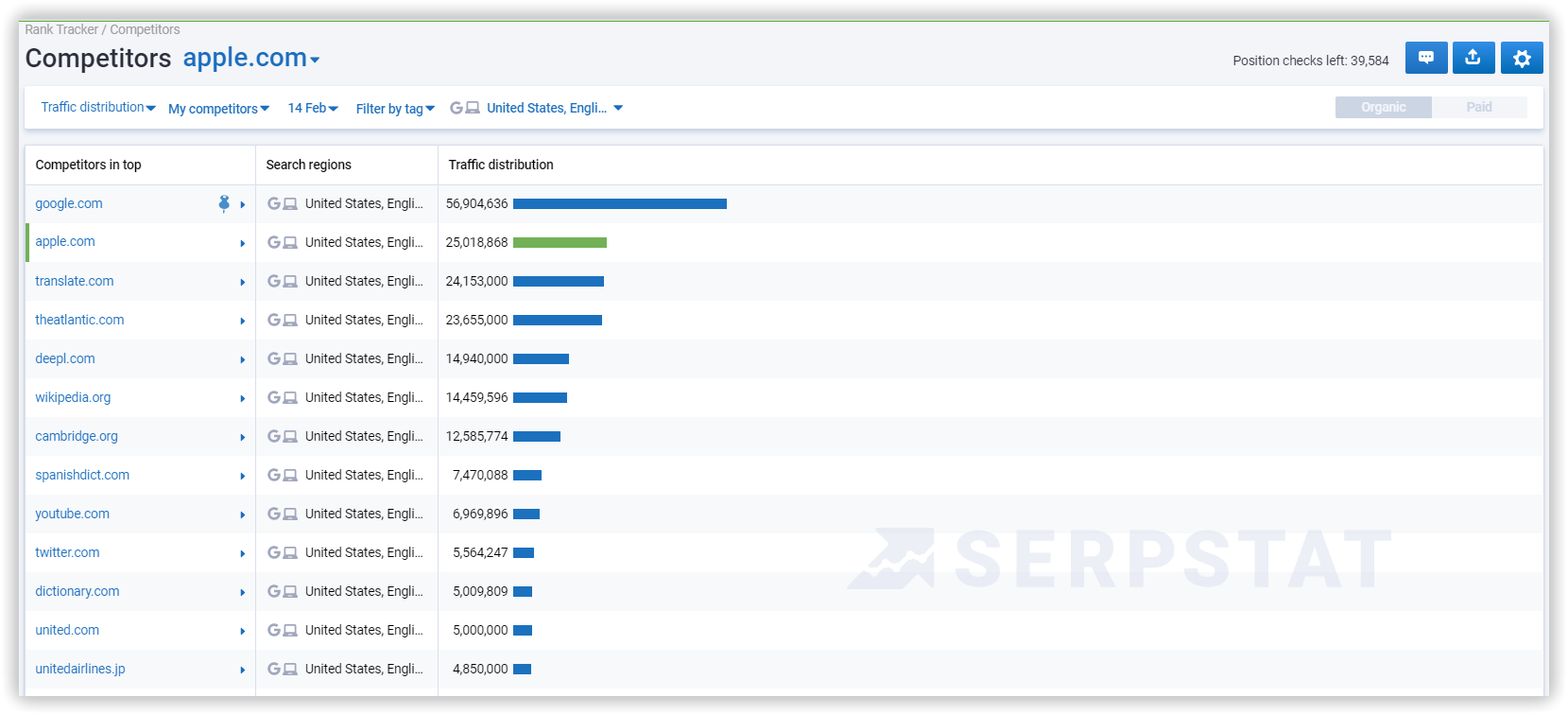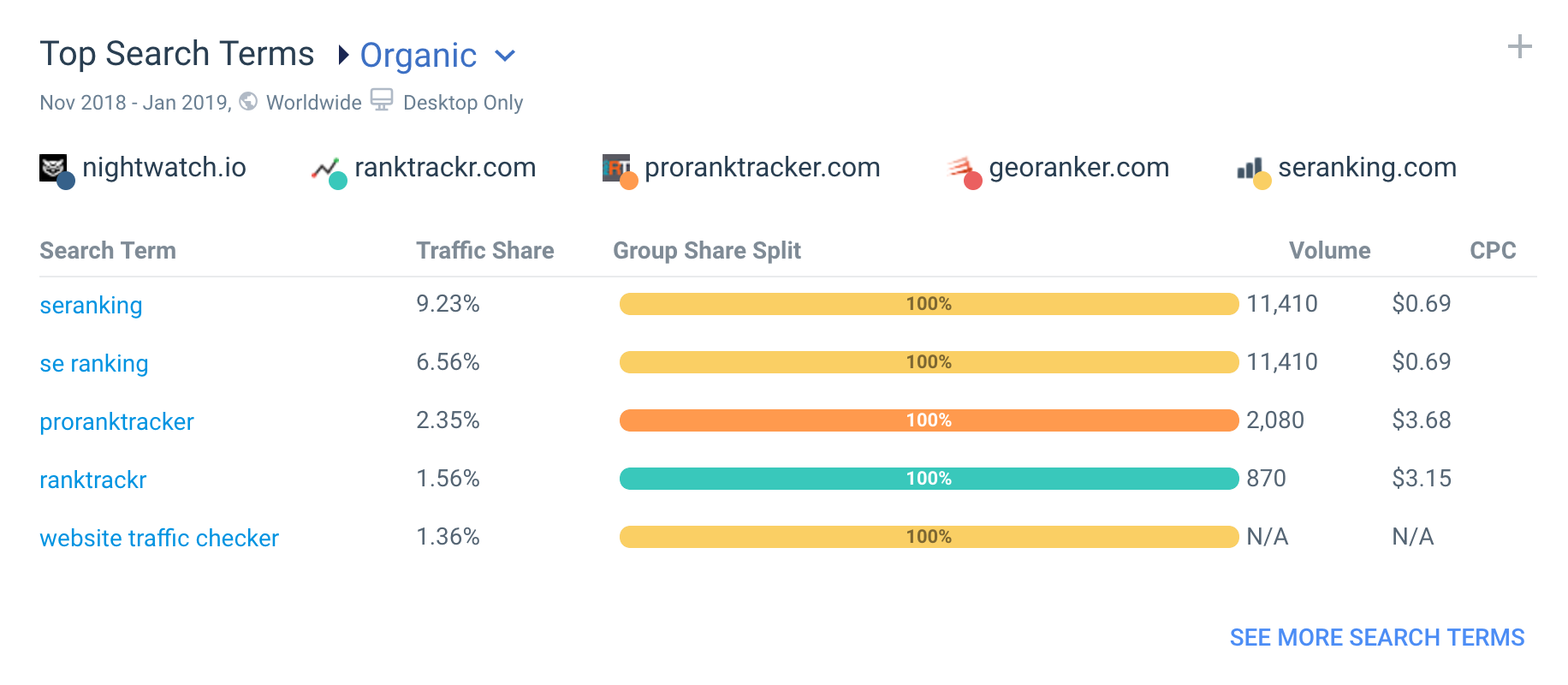Start Exploring Keyword Ideas
Use Serpstat to find the best keywords for your website
How To Find What Affects Your Site Rankings And Prioritize Your SEO Efforts

But the truth is, nobody really knows the exact algorithm Google uses to rank sites, and SEOs around the globe can only speculate about the importance of each factor. Moreover, they tend to change over time as Google is constantly working on its algo, so SEO practices get outdated and need constant revision.
That's why many companies conduct their own ranking factor studies: to challenge the official information and reveal the main factors that influence rankings. These studies are based on gigantic datasets and often come to divergent conclusions.
However, there are other questions to ask: do these alleged factors have a similar influence on all sites or does it vary from niche to niche? The logical answer would be yes, but I've seen myself many sites for which the number of backlinks was obviously more important than direct traffic and user behavior signals. That led me to a conclusion that depending on the competitive landscape and niche specifics, some factors rise in importance and others decline.
So, in this post, I want to share with you a technique that will allow you to understand what ranking signals are affecting YOUR site and, as a result, prioritize your SEO efforts accordingly, and answer a question of how to find competitors traffic sources.
Identify your competitors in organic search
At our recent #digitalolympuschat, our guest host Kristen Vaughn from Komarketing pointed out that your direct competitors are not the only ones who rank well for your targeted keywords:
On a screenshot below you can see what domains are competitors of nightwatch.io in Google US:

Here's how you do it:

Analyze your competitors' traffic sources and the way users interact with their site
I suggest you start by analyzing user behavior signals that are related to the sources of traffic and the exact way users are navigating through your competitors' sites.
To get these insights, you can use SimilarWeb — it reveals all the necessary information quite easily. On a screenshot below you can see that for all the sites that I've analyzed the main traffic channel is direct. This gave me an idea that having a strong brand is of high priority in this niche. Thus, reinforcing the brand will lead to higher rankings. For instance, this can be done through investing in building relationships with the industry influencers.



Check your competitors' backlink profiles and whether they are investing in link building
Here, I'll show you how to do it the quick way. To check your competitors' backlink profiles you can simply go to Serpstat backlink analysis report:

I prefer putting all the data into a spreadsheet — it's easier for me to compare site this way:

Look at georanker.com. They don't have the biggest number of referring domains, however, they get the most organic traffic. This can happen for many reasons; they could be using manipulative techniques so that some of their links are hidden from the SERPstat crawler.
Okay, and how do you know if your competitor is investing into link building?
Of course, you can never know for sure. But first of all, most of the companies do it, and second, there are several signals that can speak in favor of that fact.
What I've noticed over the years doing link building for my clients is that, in general, companies usually get natural links to their homepages and build links to their content pages. It's very rare and usually doesn't make sense to build links NOT to content pages. Follow my logic: if a website has many links to their content pages, that's usually a signal that they're investing in content promotion and acquiring links.
The fastest way to confirm it is to go to BuzzSumo that shares the virality and linkability of every content page on your competitor's site:


As soon as you find out that your competitors are doing link building, research the pages that they are promoting most. Thus you can pump on your own link building efforts by creating content that tends to get the most attention in your niche.
Domain Links intersection
Serpstat has the new Links Intersection report!
The tool will be useful to:
- Find common donors for several web sites.
- Find donors who link to your competitors but not to your site.
- Create a visual graph comparing the reference mass for the analyzed domains.

To sum up things
The approach that I described is no rocket science and can be easily applied by SEOs of all levels: take the most popular ranking factors and check whether they play a significant role in your niche. For that, analyze how well your competitors — organic search competitors, not real market rivals — have worked to comply with them and do accordingly.
Speed up your search marketing growth with Serpstat!
Keyword and backlink opportunities, competitors' online strategy, daily rankings and SEO-related issues.
A pack of tools for reducing your time on SEO tasks.
Discover More SEO Tools
Backlink Cheсker
Backlinks checking for any site. Increase the power of your backlink profile
API for SEO
Search big data and get results using SEO API
Competitor Website Analytics
Complete analysis of competitors' websites for SEO and PPC
Keyword Rank Checker
Google Keyword Rankings Checker - gain valuable insights into your website's search engine rankings
Recommended posts
Cases, life hacks, researches, and useful articles
Don’t you have time to follow the news? No worries! Our editor will choose articles that will definitely help you with your work. Join our cozy community :)
By clicking the button, you agree to our privacy policy.


